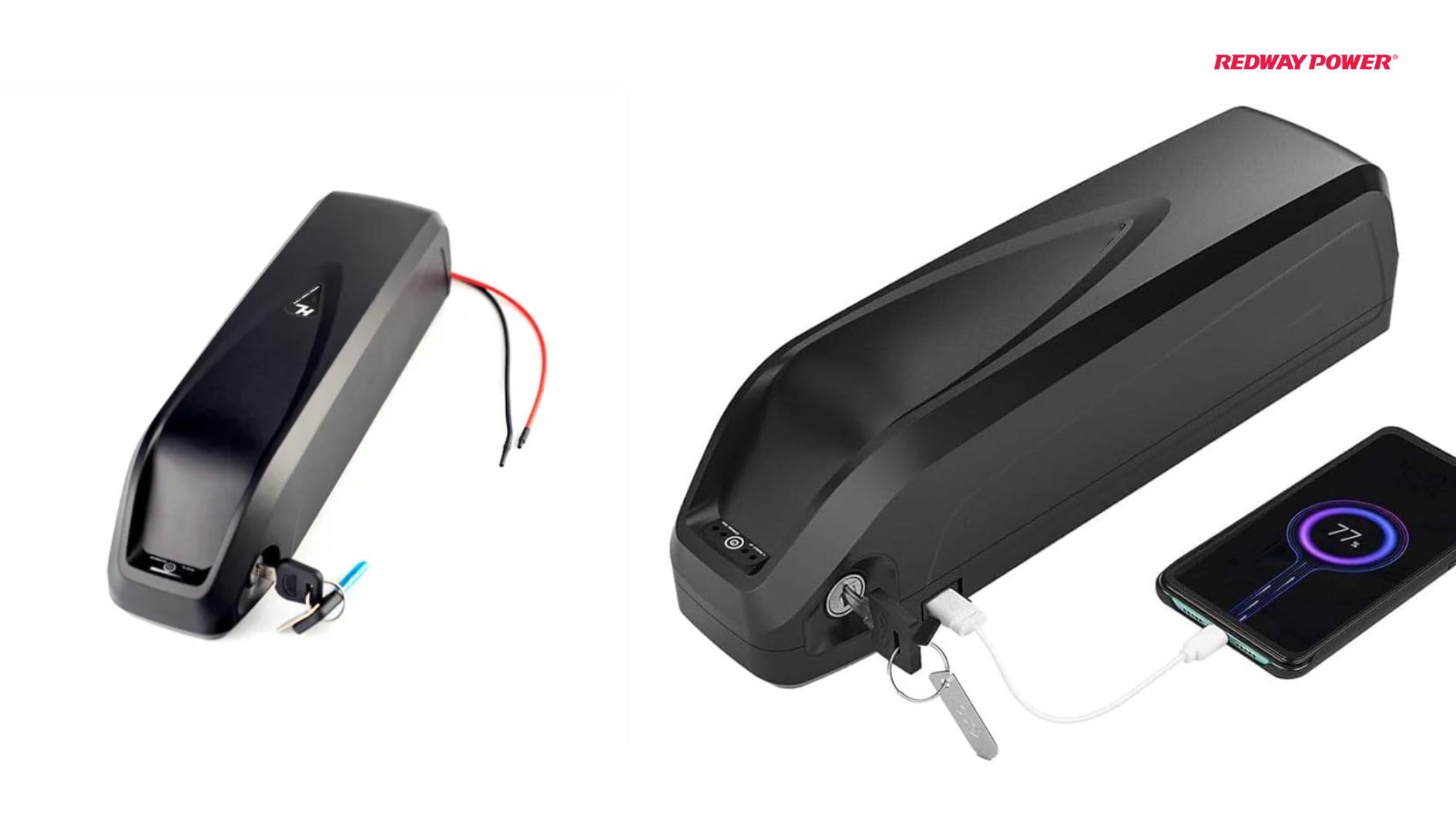Lithium e-bike batteries usually come with a warranty period of 1 to 3 years, covering defects in materials and workmanship. Warranty terms can vary by manufacturer, so it’s essential to review specifics before purchase.
In the rapidly evolving world of e-bikes, lithium batteries have become the cornerstone of modern electric mobility. As more consumers embrace this eco-friendly technology, the question of battery warranty is increasingly important. Understanding what is covered by a warranty can save you time, money, and frustration. This comprehensive guide explores everything you need to know about the warranty for lithium e-bike batteries.
What Does a Lithium E-Bike Battery Warranty Typically Cover?
Most lithium e-bike batteries come with a standard warranty ranging from 1 to 2 years. This warranty is designed to cover manufacturing defects and failures that occur under normal use. Here’s a closer look at what is generally included:
Battery Cells and Battery Management System (BMS)
The core components of an e-bike battery typically covered by the warranty include:
- Battery Cells: These are the primary energy storage units in the battery pack. Warranties usually cover defects in these cells that lead to performance issues or failures.
- Battery Management System (BMS): The BMS is crucial for monitoring the battery’s health, including charge levels, temperature, and overall performance. Warranties often include coverage for BMS-related defects.
Proof of Purchase
To claim warranty service, you will need to provide proof of purchase. This typically involves:
- A valid receipt or invoice showing the date of purchase and the seller’s details.
- Any warranty registration forms, if applicable, completed at the time of purchase.
Capacity Threshold and Performance Guarantees
Some e-bike battery warranties come with specific capacity thresholds. These thresholds are designed to ensure that the battery maintains a minimum level of performance throughout its warranty period. For example, a warranty might stipulate that the battery must retain at least 80% of its original capacity after a certain number of charge cycles.
Capacity Retention Clauses
Warranties often include clauses regarding:
- Minimum Capacity: The battery must retain a certain percentage of its initial charge capacity. If it falls below this threshold, you may be entitled to a replacement or repair.
- Charge Cycles: The number of charge cycles the battery can undergo while still meeting performance criteria.
Exclusions and Limitations
While warranties cover many issues, there are notable exclusions and limitations to be aware of:
Improper Handling
Batteries can be sensitive to mishandling. Common exclusions include:
- Physical Damage: Cracks, dents, or any physical damage resulting from mishandling.
- Exposure to Extreme Conditions: Extreme temperatures or humidity can impact battery performance and longevity.
Modifications and Unauthorized Repairs
Modifications or repairs carried out by unauthorized technicians may void the warranty. Common issues include:
- Tampering: Any unauthorized attempt to open or modify the battery.
- Repairs by Third Parties: Repairs performed by non-certified technicians.
Accidents and Misuse
Accidental damage and misuse are typically not covered under warranty. Examples include:
- Accidental Drops or Collisions: Damage resulting from accidents or drops.
- Incorrect Charging Practices: Using chargers not approved by the manufacturer.
Manufacturer-Specific Terms and Conditions
Each manufacturer may have unique warranty terms. It’s essential to review these specifics before making a purchase. Key aspects to look for include:
- Duration of Warranty: Verify whether the warranty period is 1 year, 2 years, or another duration.
- Coverage Details: Understand what components and issues are covered.
- Claim Procedures: Learn how to file a claim, including necessary documentation and steps.
How to Maintain Your Lithium E-Bike Battery
Proper maintenance can help ensure your battery remains within warranty conditions and performs optimally. Follow these guidelines:
Regular Charging
- Avoid Deep Discharges: Charge your battery before it drops below 20% to prolong its lifespan.
- Use the Right Charger: Always use the charger specified by the manufacturer to avoid damage.
Proper Storage
- Avoid Extreme Temperatures: Store the battery in a cool, dry place away from direct sunlight and extreme temperatures.
- Partial Charging: If storing the battery for an extended period, keep it at about 50% charge.
Regular Inspections
- Check for Damage: Regularly inspect the battery for any signs of physical damage or abnormalities.
- Monitor Performance: Keep an eye on the battery’s performance and report any significant issues to the manufacturer.
e-bike BATTERIES EXPLAINED!
Conclusion
Understanding the warranty for lithium e-bike batteries is crucial for maximizing the longevity and performance of your e-bike. By familiarizing yourself with what’s covered, what’s excluded, and how to properly maintain your battery, you can ensure a smooth and reliable e-biking experience. Always refer to the specific terms and conditions provided by your battery’s manufacturer and keep all relevant documentation handy for warranty claims.
By adhering to these guidelines, you can make informed decisions and enjoy the benefits of your e-bike with confidence.



